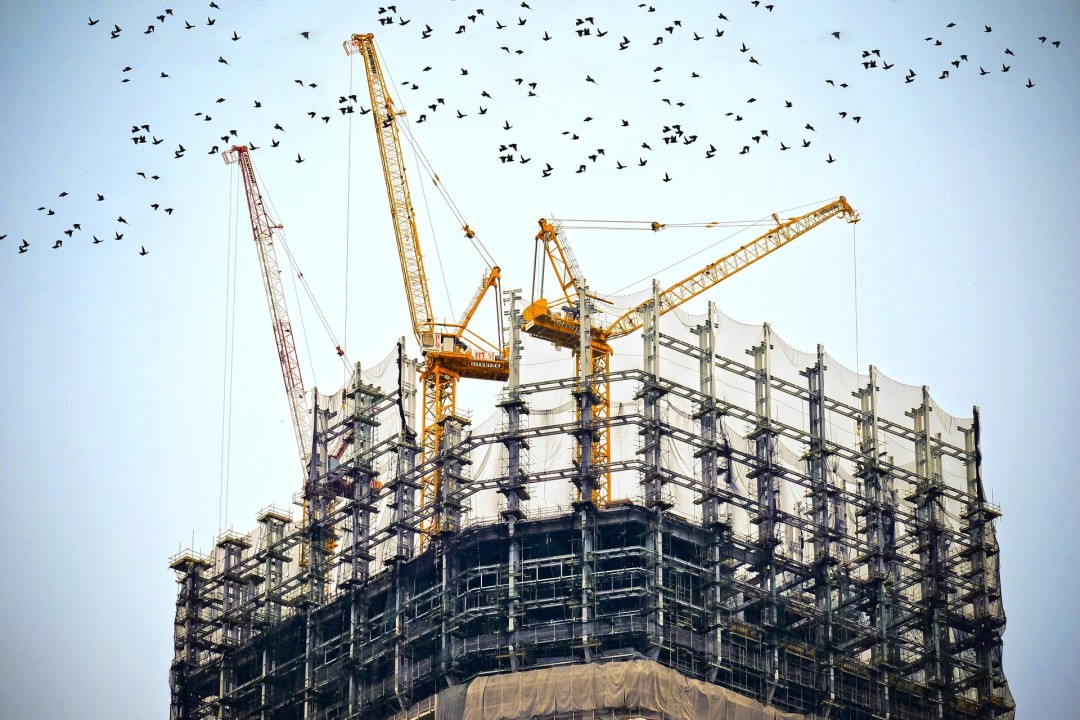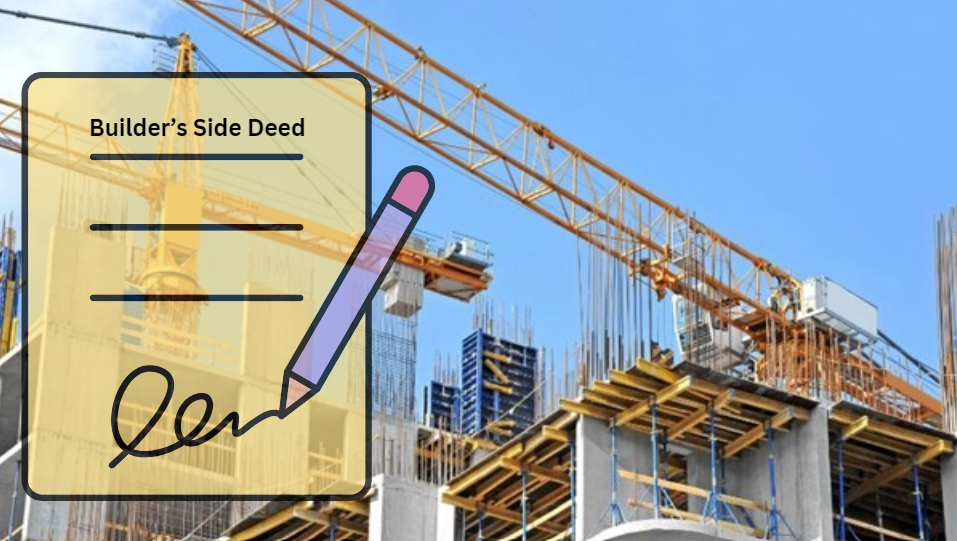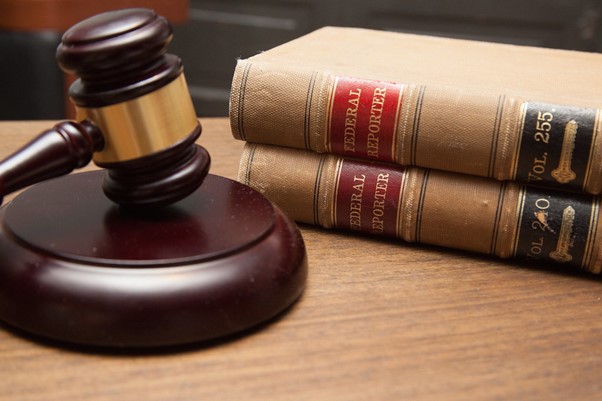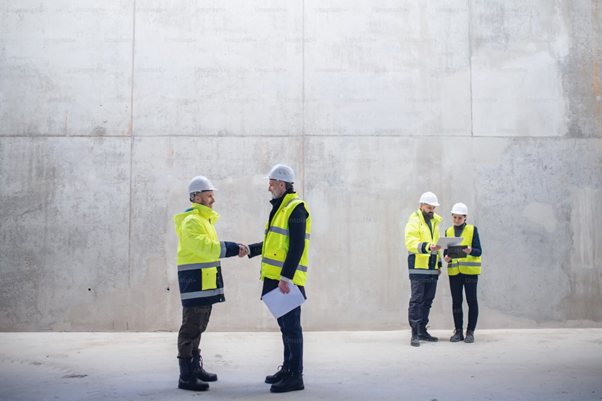Last week in Part 1 to this series we looked at the basic notion of creditor’s statutory demands as a means to seeking recovery of a debt that is genuinely owed. Basis for a Valid Demand You will recall that under the Corporations Act (Cth) 2001 (the Act) a creditor can issue a statutory demand where: 1. the debtor is …
In Demand? Hopefully Not – Part 1
It is widely documented in the media that the building and construction industry is doing it tough. It is almost daily news that another major construction company has gone bust and fallen into liquidation. The Statistics The current statistics support this – noting total all-industry insolvencies are projected to be over 11,500 in the calendar year 2024, with the insolvency …
Projects & Construction Monthly – August Edition
Welcome to the August edition of Projects & Construction Monthly. This edition addresses: Recent Construction News; Building Industry Fairness (Security of Payment) Act 2017 Amendments; LPC Lawyers’ recently completed ‘Over the Line’ series; LPC Lawyers’ recently completed ‘The Role of Side Deeds in Construction’ series; and Opportunities to join the LPC Lawyers’ team. Recent Construction News Sunshine Coast Indoor …
The Role of Side Deeds in Construction: Part 3 – Builders Beware
Entering into a Builder’s Side Deed can pose significant risks for builders, especially when these agreements are designed to grant financiers broad control over the principal’s and builder’s activities under a construction contract. If not carefully reviewed or aligned with the construction contract, a Builder’s Side Deed may impose unforeseen obligations on the builder, potentially exceeding what was originally agreed …
The Role of Side Deeds in Construction: Part 2 – Key Provisions
The terms of a Builder’s Side Deed can vary depending on the type of construction contract and the requirements of the financier, however, they are a frequent source of negotiation between parties prior to a project commencing. Standard construction contracts typically do not address third-party financier involvement, making the harmonisation of terms between documents a central negotiation point. This article …
The Role of Side Deeds in Construction: Part 1 – Overview
The construction industry has seen a steady rise in projects that are required to be backed by funding, and subsequently so too has the industry seen an increase in the number of third-party agreements. For construction projects, this third-party agreement is typically known as a Builder’s Side Deed (or also known as a tripartite deed). This articles series will explore …
OVER THE LINE – PART 3: Court Applications
In the event that an adjoining owner refuses to consent to use of their airspace, a contractor may obtain the right to use a neighbour’s airspace by way of s180 of the Property Law Act 1974 (PLA). What is the statutory right of use Section 180 gives the court the discretionary power to order a statutory right of use for …
OVER THE LINE, PART 2: Deeds
In crane overhang disputes, there are various mechanisms available to the parties to resolve conflicts and ensure smooth project progression. Among these, the most commercially viable option is often the execution of a deed. A deed is a formal agreement between the parties usually as a mechanism to either discharge or transfer rights and obligations from one party to the …
OVER THE LINE, PART 1: Crane Overhang and Ground Anchors on Adjoining Property
With the boom in building developments in recent years, especially the explosion of high-rise buildings, there has been the growing need for tower cranes. The use of such cranes, while efficient for contractors, often impact adjoining land which can lead to disputes if not promptly addressed. This three-part article series will explore the: rights and obligations of all parties in …
Resolving Matters – Part 4 – Sending Disputes to Arbitration
Where parties are unable to resolve disputes at a project level and other processes may not have yielded a final and binding resolution (e.g. meditation), parties may be forced to escalate matters to either litigation or arbitration. Where a contract or agreement does not specifically provides that disputes are to be referred to arbitration, parties will be bound by this …










